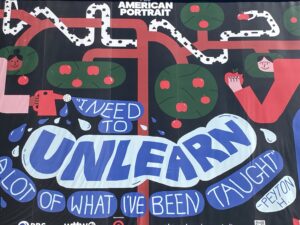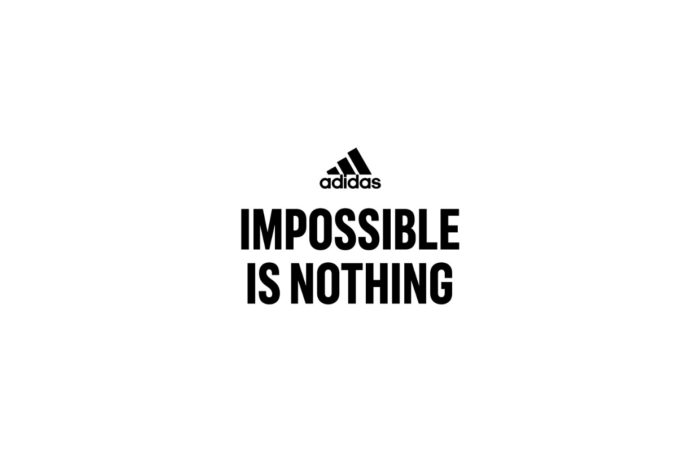Choosing a college from one of the America’s 5,775 public and private options in the U.S. can be one of the biggest decisions a young adult makes. With 25-million applicants making these choices, a large industry exists to help with this process, encompassing high-school guidance counsellors, college admissions offices, professional advisors, industry organizations, books and guides, and ranking publications – all devoted to help applications find the “best” school for them.[i] From elite private universities to regional state colleges, for-profit institutions, and community colleges, the hierarchy of institutions is well-recognized and often shapes public opinion. This stratification raises crucial questions about access, equity, and whether the status of an institution significantly determines a graduate’s long-term success. This “brand hierarchy” is a reality of the U.S. higher education system. The public often assigns greater value to highly selective, well-resourced institutions with name recognition.
This “brand hierarchy” is a reality of the U.S. higher education system. The public often assigns greater value to highly selective, well-resourced institutions with name recognition.
Rankings and media portrayals fuel this perception, creating an implicit understanding that some colleges are simply “better” than others. In fact, studies from the U.S. Department of Education show 74 % of prospective students rating important “reputation/academic quality” the most important factor in choosing a school –– more important than tuition cost (67%), proximity to home (26%), or personal recommendations (24%).[ii]
A central question for the public is whether the name of the institution on a diploma translates to tangible differences in earnings potential and life satisfaction. There’s a prevailing assumption that graduates of elite universities have a clear advantage, but the reality is more complex. Partly this has to do with the structural benefits that higher education institutions provide as a transitional ground between high school and adulthood. For many young adults, elite colleges are seen as sources of social connections, professional networks, access to organizations, recommendations, and mentoring, much of linked to a particular college or university brand identity.


